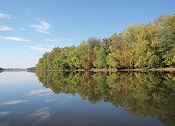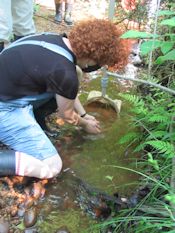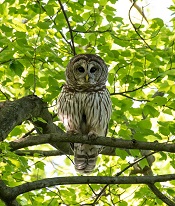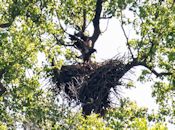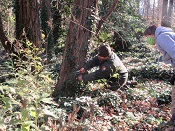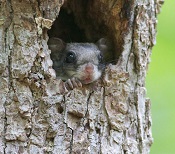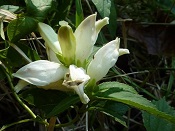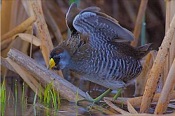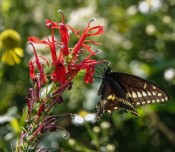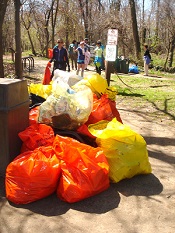On April 9 and May 27, 2021, FODM volunteers conducted habitat quality monitoring in an unnamed, intermittent stream that flows through Mount Vernon Park into west Dyke Marsh. FODM started this project in 2016.
On May 27, the stream had the highest number of macroinvertebrates that FODM volunteers have ever seen there – 206. “Although most were midges, it was still very, very exciting,” observed Ashley Palmer, Northern Virginia Soil and Water Conservation District (NVSWCD), who led the group. Palmer explains, “Midges are small macroinvertebrates considered to be tolerant of pollution. Finding many midges in a stream usually indicates poor water quality, but at this site we likely find more midges due to the intermittent stream flow which can make it more difficult for more sensitive species to be present. A healthy stream has a large number and wide variety of macroinvertebrates.”



